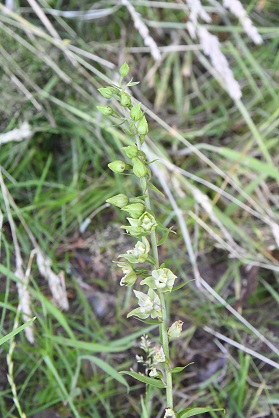Nature Notes July 2021
Date Published: 01-08-2021
The weather was mixed with the third week being extremely hot and the last week producing thunder storms, rain and strong winds.
SIGHTINGS
Birds (seen or heard): Common Gulls, Heron, Carrion Crows, Sparrowhawk, Magpies, Jays, Buzzards, Tawny Owl, Wood Pigeons, Stock Doves, Robins, Blackbirds, Song Thrush, Dunnocks, Goldifinches, Greenfinches, Chaffinches, Bullfinches, Siskins, Stonechats, Blackcaps, Chiffchaffs, Wrens, Coal/Blue/Great/Long-tailed Tits.
Insects: Midges, Buff-tailed Bees, Honey Bee, 7 Spot Ladybird, Hover Flies, Wood Lice, Ants, Ticks, Wasp Spider, Common Green Grasshopper.
Mammals: Roe Deer, Grey Squirrels, Fox, Mole activity, Wood Mice, Bank Vole, Hedgehogs, Pipistrelle Bats, Soprano Pipistrelle Bats.
Reptiles/Amphibians: Common Lizards, Common Frog.
Dragonfly/Damselfly: Small Red, Keeled Skimmer, Broad Bodied Chaser, Four Spotted Chaser. Common Darter, Beautiful demoiselle.
Butterflies/Moths: Large White, Small White, Peacock, Holly Blue, Silver Studded Blue, Small Heath, Grayling.
Plants (in flower): Celandine, Dandelion, Rowan (in berry), Blackberries (in fruit), Cut-leaved Geranium, Bog Asphodel, Cotton Grass, Large White Pond Lily, Helleborine. Common Vetch, Ling Heather, Cross-leaved Heath.
Pond Life: Smooth Newts, Whirlygig Beetles, Pond Skaters.
The majority of birds have now finished breeding for this year. Numbers of young successfully fledging appear to be down.
Greatly reduced birdsong heard with only the occasional song from a Blackcap, Chiffchaff or Wren.
Helleborines did flower this year, but with the re-introduction of the cattle, most have now been consumed.
Good numbers of the Silver-studded blue butterflies were observed.
NATURE FACT
Thickets of bramble are colonized by an enormous range of wild animals who find food, shelter and safety within. The wealth of insect life on bramble fruits offers rich pickings for predators such as spiders and insectivorous birds. Butterflies such as Red Admiral, Comma, Speckled Wood, Ringlet are known to visit. Blotch mines in the leaves are the work of the larvae of such sawflies as Metallus rubi. The pupae of such moths as Epiblema shelter in silken tents among leaves drawn together for support. Both small and large mammals feast on the ripe fruits.
Recorder: C Wilcox





